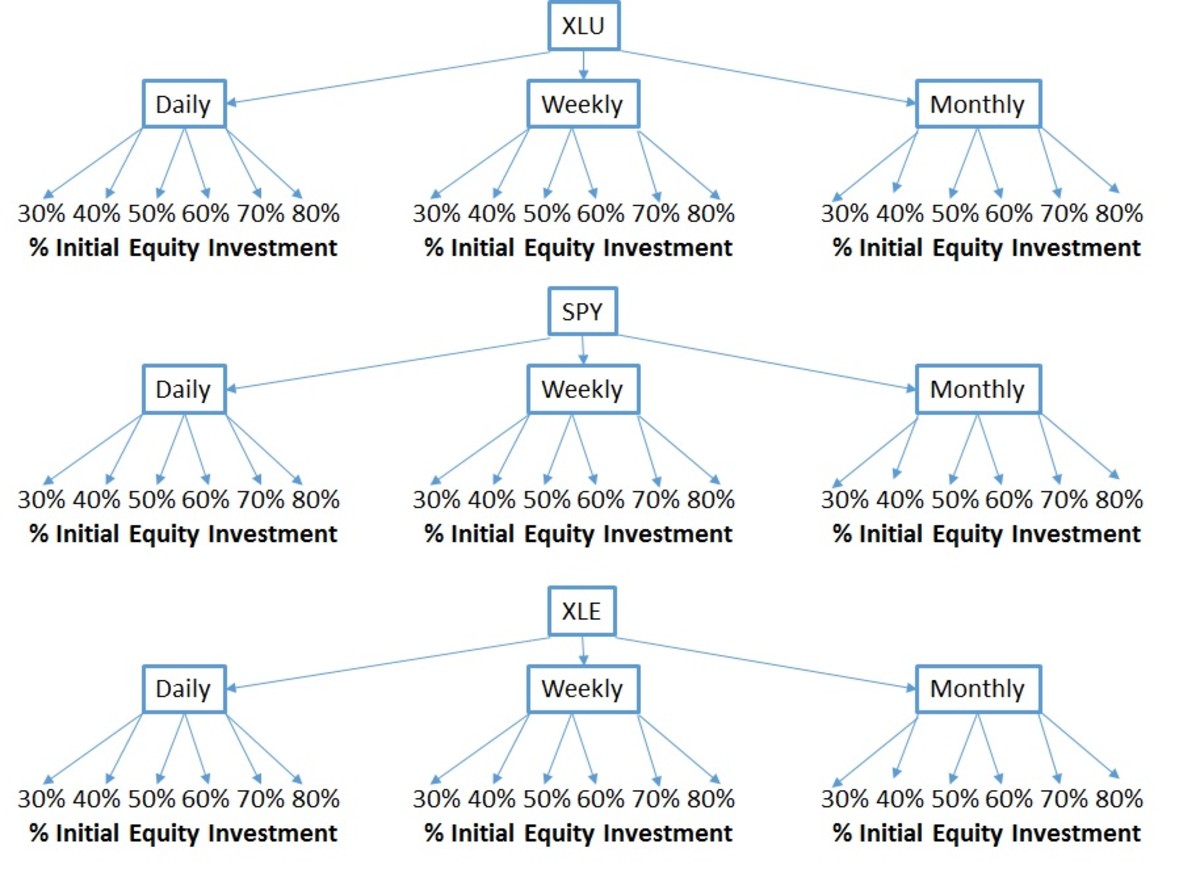Where and how to invest a million dollars?

When you invest a million dollars or a hundred dollars, the principles are the same.
We must obey the same rules of potentiation of gains with risk awareness.
However, there is no denying that having more capital available allows greater leeway and reinforces the need to diversify investment options.
With a lot or little money in your wallet, there is no matrix of success that can be applied indiscriminately to all cases. Sure some recommendations can be generalized, but all drop to the needs and the profile of the specific investor.
The basic rules of any investment (such as setting investment objectives, maximum level of risk assumed, immediate liquidity needs and the financial education of the investor) applies regardless of the amount invested. The size of the investment allows you to invest in safety, while placing large sums of money in riskier assets, like shares, commodities or hedge funds.
However, with a million dollars to invest, there are some interesting hypotheses to consider. In particular, I like emerging assets and sectors. It is good to choose companies with exposure to these countries. The commodities can also be a good bet.
The ideal would be the application that contains the following features: absolute safety, liquidity without problems, high yield tax free and no cost. Unfortunately, this is totally utopian.
Therefore, the investor has to set its priorities and determine what, for him, is more important. If you give priority to safety and liquidity, certainly, you will have to settle with a lower yield. If you make some concessions to the level of security, you can aspire to higher earnings.
In relation to the financial applications, there are no miracles. Therefore, it is essential to establish two fundamental rules:
- The greater the risk, the gains may be larger, but also the losses;
- The risk is diluted with time.
That said, now I am going to analyze the situation of how and where we could invest a million dollars.

For this situation, the investment strategy will be to choose the "regular income". Meaning, our goal is not to build capital, but "consume it", benefiting of their income, or use part of that capital to get a regular income (monthly, quarterly...).
The higher the amount applied, the higher the periodic yield.
This way, we can make a deposit with interest monthly or quarterly. Alternatively, you can purchase Treasury Bonds or subscribe Investment Funds that distribute incomes.
After this introduction, it appears that with a million dollars to invest, the perspective is totally different.
The main objective is not to increase capital, but mainly consume the "fruits" of the savings. In this case, it is important that the applications produce yields in a stable and regular manner.
What applications should be chosen?
In practical terms, strategies like "applications without risk" and "portfolio management" can be used to generate regular income. To obtain regularly gains with a predictable amount, the investor should choose products that respect these conditions.
If you do not want to take risks, you should choose, for example, Time Deposits, with payment of interest monthly or quarterly. Alternatively, there are still some Investment Funds with low risk that distribute periodically yields.
In case you wish longer deadlines (ten years for example), you can choose products more profitable but riskier in case you need the money in advance, such as Treasury Bonds with fixed rate.
If you have some available time, you can also create your own Regular Income Plan, acquiring Bonds, Stocks or Mutual Funds in order to receive monthly (or other period) yields. But, as I said, this option requires enough knowledge, time and some monitoring.
Strategy type "Portfolio Management"
"Portfolio Management" consists in buying a set of securities (shares, for example) and to be aware of the evolution of the share price, so we can sell it at the most opportune time.
The options for an investment portfolio are varied: from bond Funds to shares.
Is worth noting that those who choose to manage a portfolio necessarily invests in the long run.
Strategy type "Applications without Risk"
Applications "without risk" are those which guarantee at least a full recovery of the money invested, within a specified period.
This is the case of the Savings Certificates, Treasury Bonds and Time Deposits.








